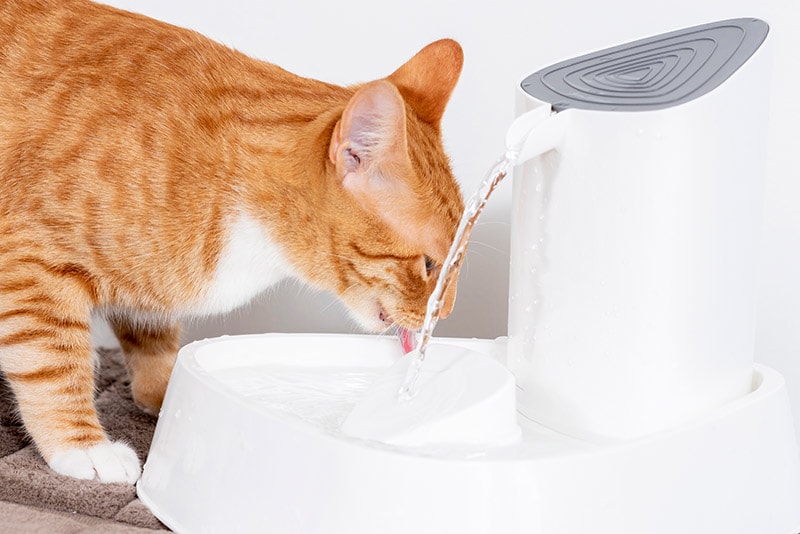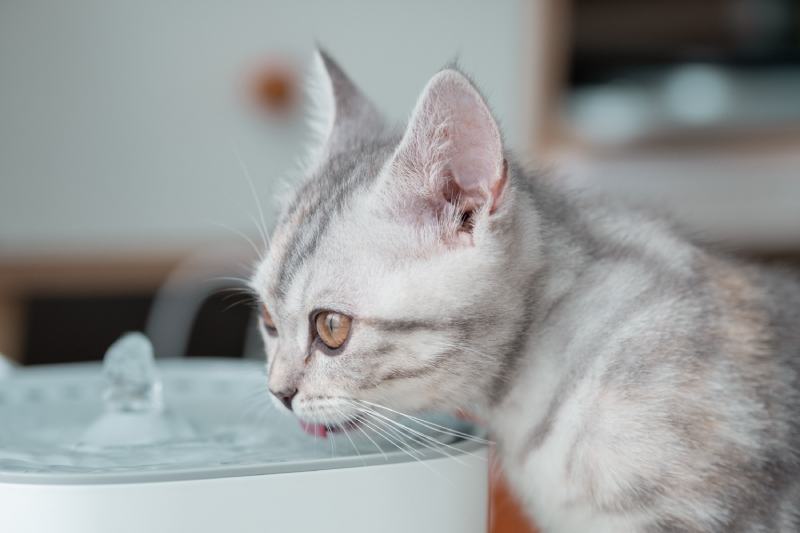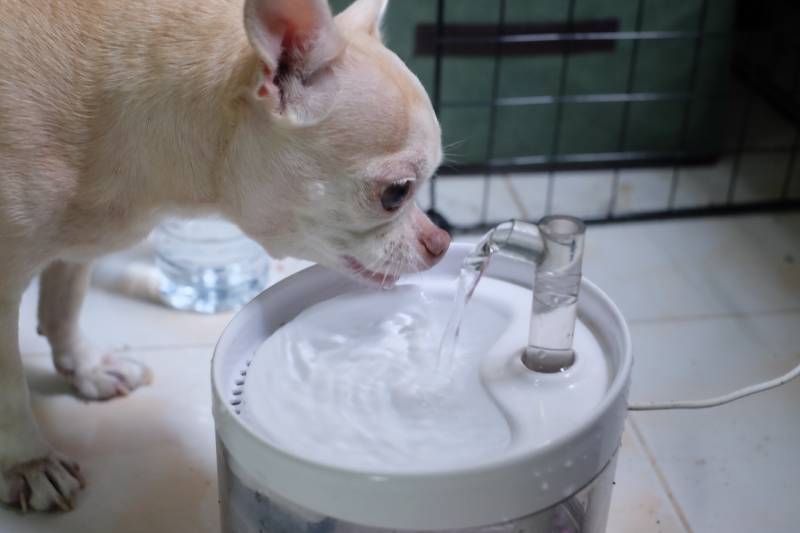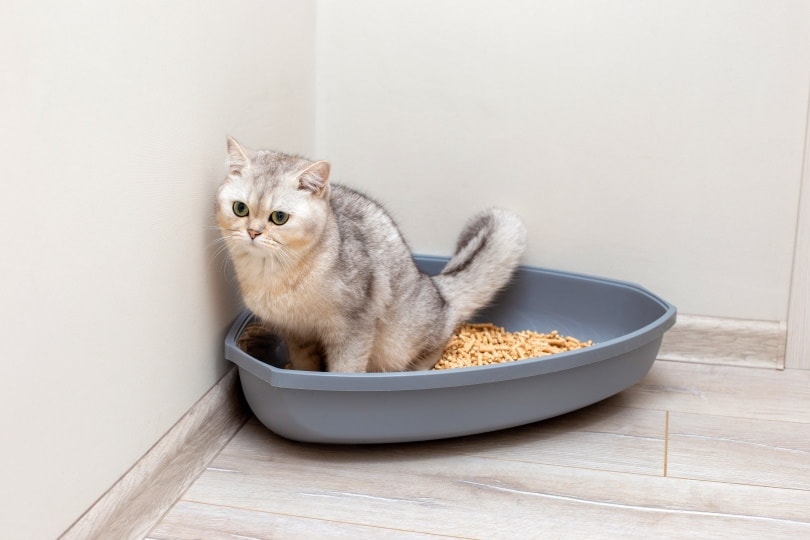National Pet Hydration Awareness Month 2024: When It Is & Meaning
By Jessica Kim
Updated on

Summer months usually mean increased time spent outdoors and having fun in the sun with your dog. However, with the increase in temperature and outdoor activities, more dogs are prone to dehydration during the summer. This is why National Pet Hydration Awareness Month is observed every July.
National Pet Hydration Awareness Month helps remind pet owners to be mindful of their pets’ water intake and activity levels. Here are some important things to know about Pet Hydration Awareness Month.
What Is National Pet Hydration Awareness Month?
National Pet Hydration Awareness Month was started by PetSafe as a means of keeping pets hydrated and limiting their exposure to extreme temperatures during the summer months. The main goal of National Pet Hydration Awareness Month is to raise awareness about the risks of dehydration and provide education on pet health and well-being.

The 3 Things to Do During National Pet Hydration Awareness Month
National Pet Hydration Awareness Month is a great time to take a step back and assess your pet’s access to water and maintain healthy hydration levels. The following guidelines can help you become more mindful of your pet’s hydration as well as your own.
1. Be Mindful of Water Intake
Assess your home and your pet’s routine to see if they provide ample access to water. Some things you can look into are your pet’s water bowl or bottle size, how frequently your pet drinks water, and other opportunities that help your pet stay hydrated.
Sometimes, it’s helpful to add wet treats or food to your pet’s diet to increase water intake. Depending on the type of pet you have, you can feed them food with higher moisture contents, like fruit and vegetables. Freezing broth in ice cube trays can also help pets stay hydrated and give them a refreshing and cool snack.
Some pets may require multiple water stations set up throughout their enclosure or your home to encourage them to drink. Many cats also prefer running water over stationary water and may drink more water if they have a water fountain.

2. Be Aware of Signs of Dehydration
Different animals will show different signs of dehydration. Dogs and cats can become more lethargic, have poor appetite, pant, and have sunken eyes. Reptiles can also have sunken eyes, wrinkled skin, and dry or tacky mucous membranes. Since different kinds of pets display their own signs of dehydration, make sure to familiarize yourself with the signs of your particular pet.
3. Limit Your Pet’s Exposure to Hot Temperatures
While it’s tempting to spend all day in the sun with your pets, it’s important to limit outdoor time to levels that are safe for your pet. When it comes to dogs, their ability to stay out in hot weather depends on several factors. Small dogs and puppies shouldn’t be outside for more than 10 minutes at a time if the temperature is over 90°F. Dogs with thicker coats and longer hair also can’t stay outside for too long, but dogs with shorter coats are prone to sunburn. It’s also important to note that overweight dogs and brachycephalic breeds like Bulldogs, French Bulldogs, Pugs, and Pekingese are more susceptible to heat stroke.
Conclusion
National Pet Hydration Awareness Month focuses on an important yet often overlooked aspect of pet wellness. Proper hydration is vital to your pet’s overall health and well-being, and severe dehydration can lead to serious health issues. So, make sure to take some time in July to assess your pet’s access to water and opportunities to stay hydrated.
Featured Image Credit by: FotoLT, Shutterstock













